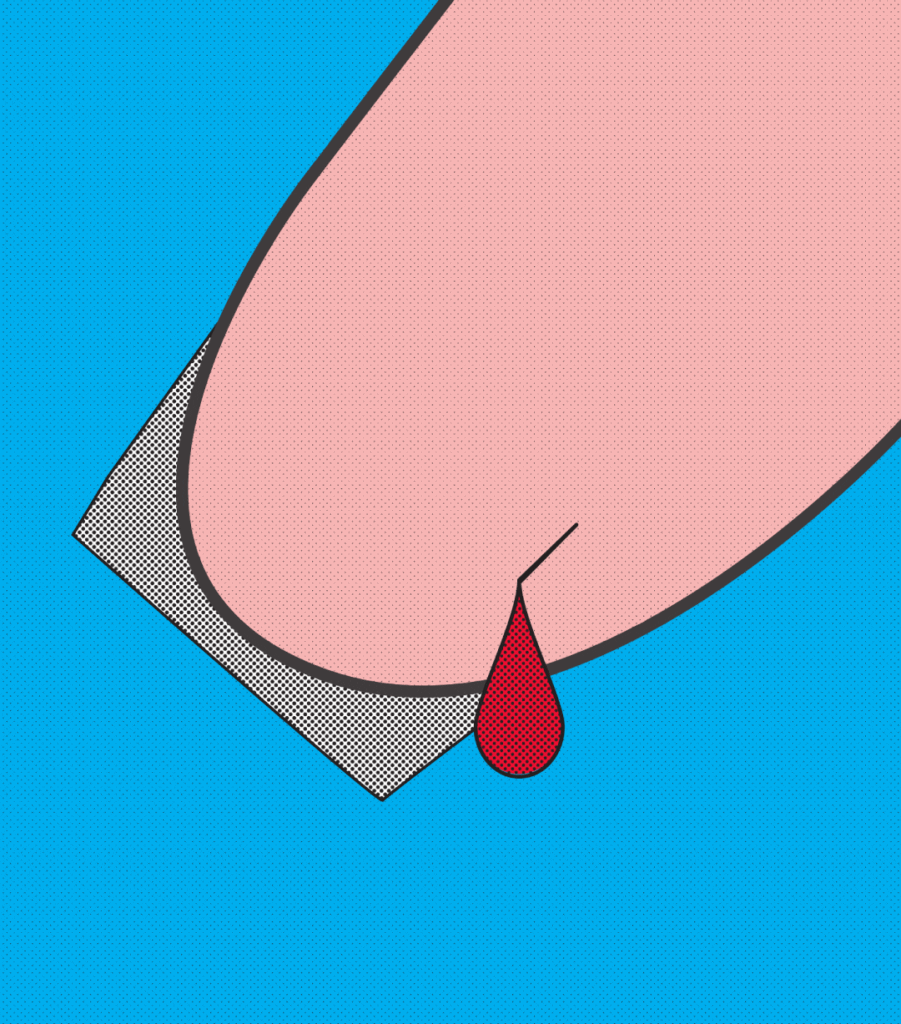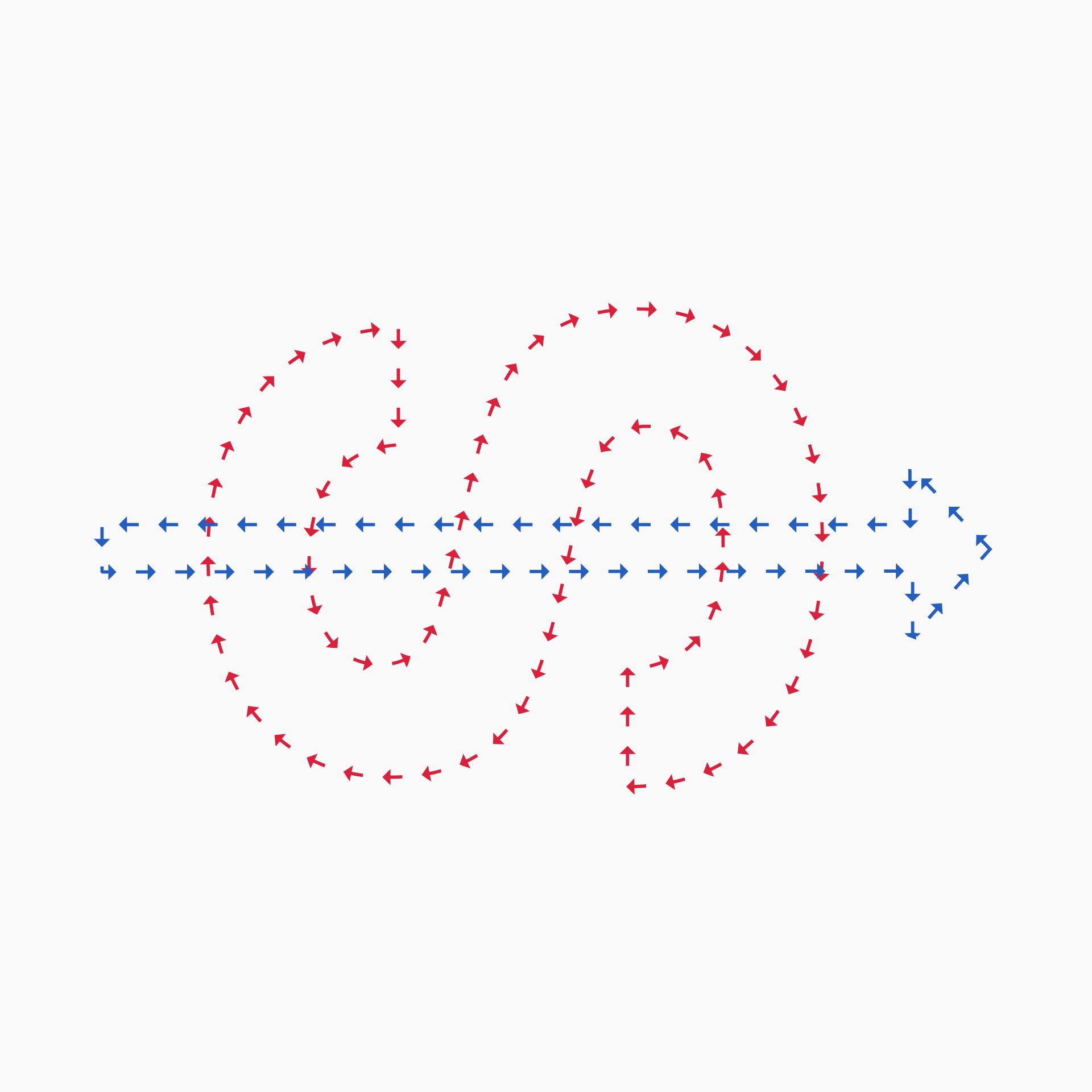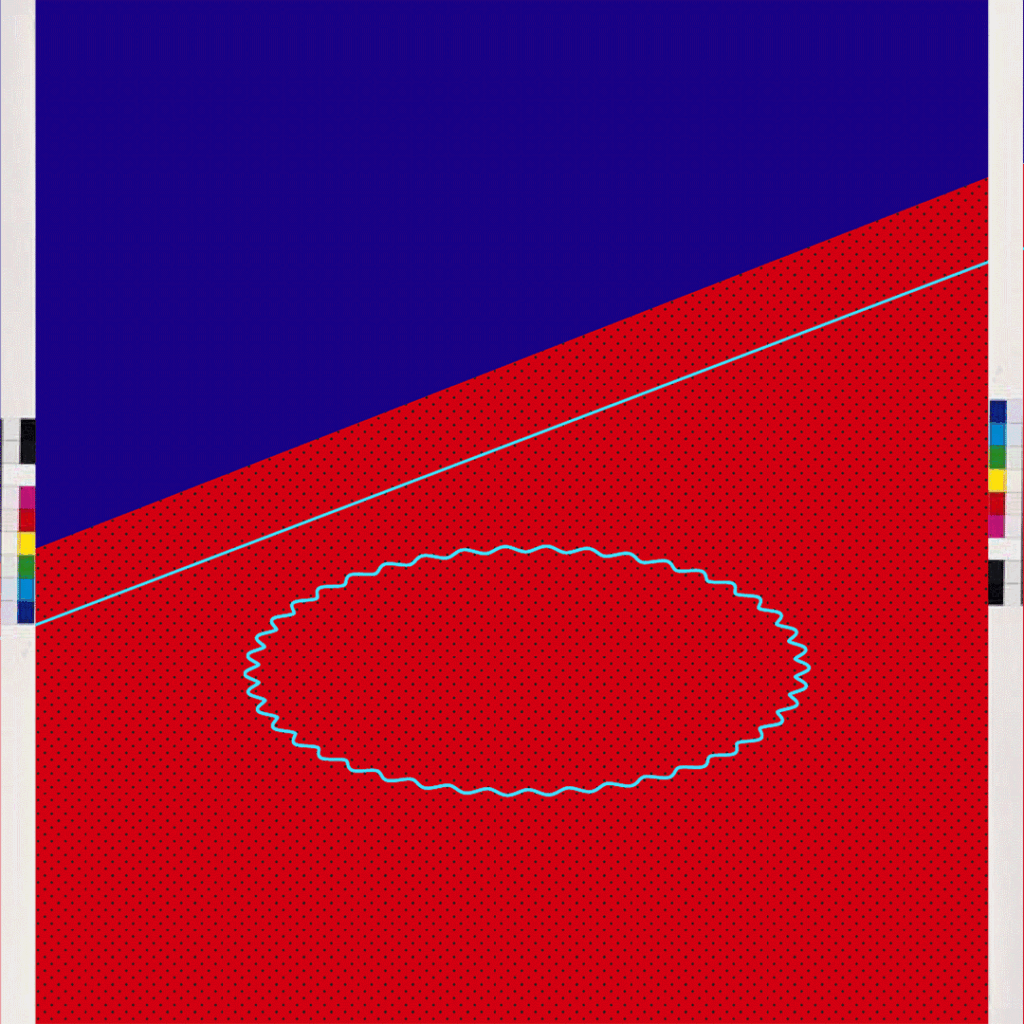Maybe you’re in marketing. Or ops. Or brand. And maybe you’re early in your career, trying to make things happen at a company you actually care about. Then one day, someone drops the packaging or print project on your desk. No handoff. No brief. Just: “Can you take this on?” Sound familiar? Some call it print management. This guide won’t explain how printing works, it’ll help you get it done.
Navigating The Cultural Shifts of the Modern Workplace
In today’s teams, responsibilities shift fast. Priorities change. Resources get pulled. And suddenly, you’re leading a project you didn’t plan for — often without clear direction or support. It’s a scary term: print management. Or print service management.
Print tends to be one of those projects that floats — it’s important, but no one’s quite sure who owns it. It’s complex, deadline-driven, and specialized enough to feel outside most people’s comfort zones. So when it finally demands attention, it often ends up with someone who’s already juggling a dozen other things.
This kind of scenario happens often enough that Gartner coined a name for it: the accidental project owner. Someone who inherits a critical initiative not through planning, but proximity. Print is a textbook case.
Good News: You’re not alone
We’ve worked with plenty of people in that same moment — suddenly responsible for a print project they didn’t ask for, trying to get it right without much guidance.
At first glance, it might seem straightforward. But the reality is, there’s usually more coordination involved than expected. Timelines can be tight. Specs aren’t always clear. And getting a clean outcome means managing details across different teams and vendors — often with little room for mistakes.
At that point, what you’re managing isn’t just a checklist. It’s a job to be done — a way to make meaningful progress in a situation that wasn’t handed to you with instructions. You’re not just producing print — you’re keeping things on track, showing reliability, and building confidence in how you work.

The Real Job Behind the Job
From the outside, it might look like you’re just coordinating a brochure or getting labels printed. But if you’ve ever had a call on a Friday night from someone in panic because a truck’s about to leave without what it needs — you know this isn’t just print.
In the Jobs to Be Done theory (coined by Clayton Christensen), people don’t just complete tasks — they “hire” solutions to make progress in their lives or work. So while it may seem like you’re managing a one-off project, what you’re actually trying to do is much bigger:
- Keep the supply chain moving. A missed delivery doesn’t just delay a campaign — it can stall product shipments, frustrate operations teams, and damage customer trust. When Reno’s fulfillment center is waiting on subscription collateral or a truckload of mattresses is held up over a missing label, print becomes the bottleneck. You’re trying to avoid that.
- Earn trust and credibility. You didn’t ask for this project — but how you handle it might shape how leadership and cross-functional partners see you. Pull it off, and people remember.
- Avoid rinse-and-repeat chaos. If print’s done sloppily, you’ll be back at square one next month fixing preventable errors. You’re trying to build something sustainable.
- Prove you can manage messy work. Print is rarely neat. You’re navigating ambiguity, tight timelines, scattered information, and a process that doesn’t run itself. Being the person who can pull it off — even without a blueprint — matters.

Where it Tends to Break Down
As a team that supported high-stakes print projects — from IPOs and M&A deals to product launches and time-sensitive campaigns — we’ve seen how easily things get off track when no one’s looking after the full picture.
In some cases, teams will spend weeks refining packaging or planning a launch — only for print to come into the conversation late, when timing is already tight. Not because it’s an afterthought, but because it’s complex and easy to defer. But print isn’t a single task — it’s a chain of decisions. Specs, proofs, materials, production, shipping. Each step affects cost, timing, and quality. And without the right coordination across creative, ops, and logistics teams, print can quietly become an expensive, recurring fire drill.
Most issues tend to trace back to a few familiar patterns:
- No one owns the full picture. Vendors handle their part, but no one’s tying it all together. That’s when things fall through the cracks.
- Critical specs live in someone’s inbox. Key details get buried in threads or passed informally between teams. Specs are lost, timelines slip, and the process resets midstream.
- People assume vendors will coordinate. In reality, most vendors are focused on their task — print, kit, ship — not on managing the bigger picture.
- Everyone underestimates lead times. Approvals, production, packing, shipping — every stage takes longer than it looks on paper, especially across facilities or regions.
- You find out what’s missing after it ships. A label, an insert, the wrong version of a file. By the time someone notices, it’s already in a box — or worse, in a customer’s hands.
A Smarter Way to Handle It: How We Help
Good news: you don’t need to become a print expert. What you do need is a system that keeps things moving even when details shift, deadlines tighten, and priorities change. The main issue is that most print projects are still run through slow and manual processes when the reality is that today’s teams move fast and depend on flexibility.
Here’s how we help you to stay in control:
- Keep everything in one place. Specs, approvals, shipping details, labels — all organized in a shared workspace. No more digging through inboxes or spreadsheets. The Flyleaf platform keeps things moving and visible. And you don’t need to learn a new system to use it.
- Work with people who coordinate, not just print. We don’t own presses — which means we’re not tied to one solution. Instead, we match each project with the right vendor, timeline, and materials based on what’s best for you. That flexibility helps you hit deadlines and plan ahead.
- Get updates where you already work. We integrate with tools like Slack, so you don’t have to chase updates or log into a separate portal. You get real-time visibility when things move or when decisions are needed — without breaking your flow.
- Think end-to-end. Print isn’t just about what comes off the press — it’s where it’s going, how it’s packed, and when it arrives. We help you connect those dots early, so you don’t end up fixing problems after the fact.
The print industry hasn’t kept up with the way modern teams operate. We’re here to close that gap — and make print easier to manage without giving up quality, clarity, or control. Read more to learn more.


